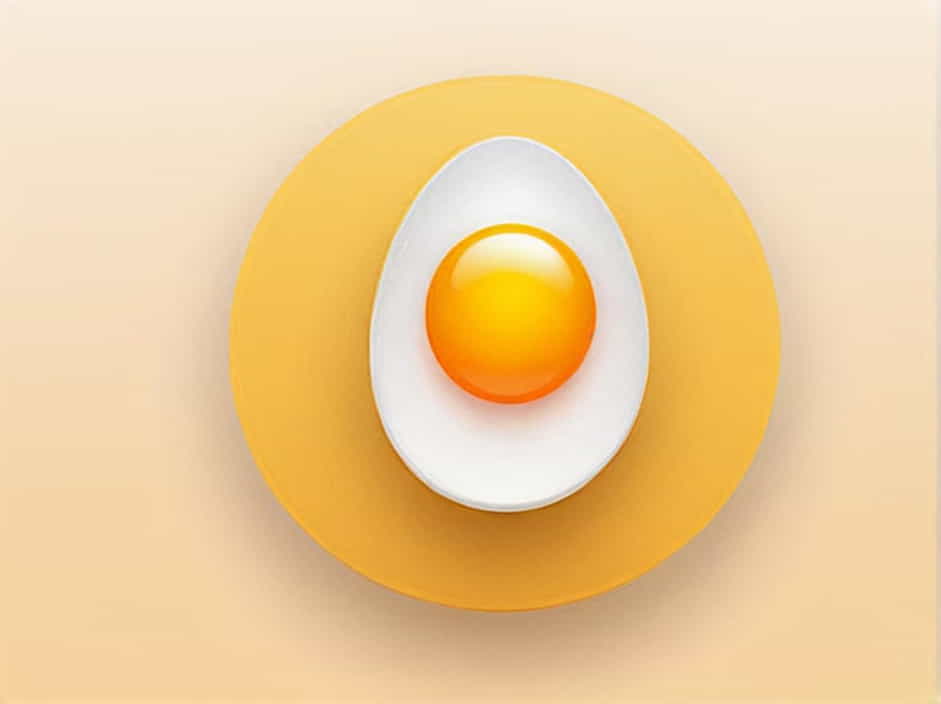Analogies are powerful tools that help us understand relationships between different objects, concepts, or ideas. One common analogy is “Yolk is to Egg as Filament is to …” But what does this mean, and how do we complete it correctly? To answer this, we must explore the meaning of yolk, egg, filament, and possible connections.
In this topic, we will break down the analogy, explore possible answers, and explain why understanding analogies is important for language learning, critical thinking, and problem-solving.
Understanding the First Part: Yolk and Egg
Before solving the analogy, let’s examine the first part:
- The yolk is the inner, nutrient-rich part of an egg.
- The egg is the whole structure that contains both the yolk and egg white.
Relationship Between Yolk and Egg
The yolk is a component of the egg. It is an essential part of the whole, contributing to the egg’s function and purpose. This means that the analogy requires us to find something that is a key component of another object, just as the yolk is to the egg.
What Is a Filament?
A filament is a thin, thread-like structure found in different objects and systems. The word filament is used in multiple contexts, including:
- Biology (e.g., the filament of a flower)
- Physics (e.g., the filament in a light bulb)
- Textiles (e.g., silk filaments)
To complete the analogy correctly, we must determine what a filament is a component of—just like how the yolk is a part of an egg.
Possible Answers: What Is Filament a Part Of?
1. Filament Is to Light Bulb
One of the most common answers is “Filament is to Light Bulb” because:
- A filament is the thin wire inside a light bulb that produces light when heated.
- Just like a yolk is an essential part of an egg, a filament is an essential part of a light bulb.
- The light bulb cannot function without the filament, just as an egg cannot exist without a yolk.
2. Filament Is to Flower
Another correct answer is “Filament is to Flower” because:
- In botany, the filament is the stalk that supports the anther in a flower.
- The anther is where pollen is produced, making the filament essential for reproduction.
- Just as the yolk is an important part of the egg’s structure, the filament is an important part of the flower’s reproductive system.
3. Filament Is to Electrical Circuit
- A filament can also refer to a thin wire used in electrical circuits.
- This relationship is similar to a yolk’s role in an egg because the filament is a functional component of the circuit.
Choosing the Best Answer
While all the answers above are technically correct, the most commonly accepted answer is:
“Filament is to Light Bulb”
This is because:
- The filament in a light bulb plays a vital role in producing light, just like the yolk in an egg provides nutrients.
- This analogy is widely recognized in logic puzzles, IQ tests, and language exercises.
Why Are Analogies Important?
1. Enhancing Critical Thinking
Analogies train the brain to find logical connections between concepts. This improves problem-solving skills and logical reasoning.
2. Expanding Vocabulary
By understanding relationships between words, you can learn new vocabulary and grasp meanings faster.
3. Improving Communication
Using analogies makes explanations clearer and helps people understand complex ideas quickly.
4. Essential for Standardized Tests
Analogies frequently appear in IQ tests, SATs, and language exams. Knowing how to analyze them can improve test scores.
Other Common Analogies to Practice
Here are some more analogies that follow the same pattern:
- Leaf is to Tree as Petal is to Flower (A petal is a part of a flower, just as a leaf is a part of a tree.)
- Engine is to Car as Heart is to Body (An engine powers a car, just as a heart powers the body.)
- Keyboard is to Computer as Strings are to Guitar (A keyboard helps operate a computer, just as strings produce sound in a guitar.)
The analogy “Yolk is to Egg as Filament is to Light Bulb” helps illustrate how a filament is an essential part of a light bulb, just as a yolk is a crucial part of an egg. Understanding analogies like this can improve logical thinking, expand vocabulary, and enhance problem-solving skills.
Next time you see an analogy, break it down step by step—just like we did here—and you’ll find that solving them becomes easier over time!
